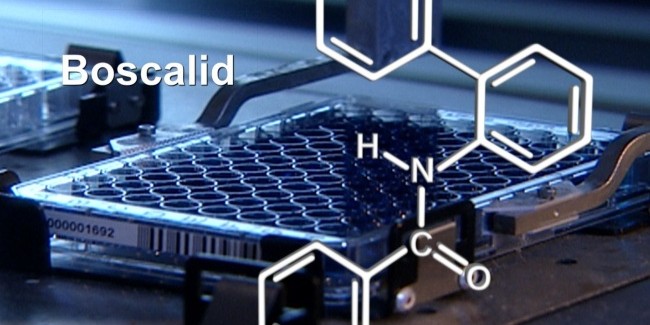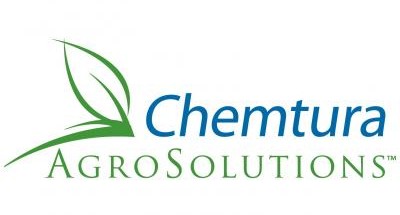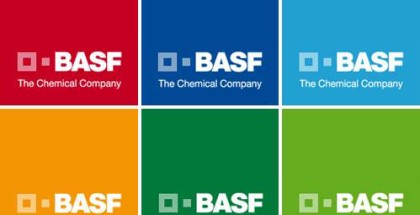BASF discovers next generation fungicide: Xemium
Xemium, BASF’s new active ingredient, combines two qualities: high intrinsic activity against a broad range of fungi and a unique mobility in the whole plant. This combination makes Xemium the perfect partner for driving reliable agricultural and business success.
Reliable control
Xemium sets a new standard for controlling a broad spectrum of pathogens in many row crops and specialty crops. For farmers this means highly reliable and effective protection for their harvest.
Flexibility
Xemium combines unique mobility with extraordinarily high intrinsic activity, leading to both long-lasting preventative and curative action. For farmers, this means more flexible spray timing.
Greater Yields
Xemium’s strong and long-lasting control of important fungal pathogens allows plants to generate yield without being hindered by diseases. This yield increase effect has been proven by independent scientists.
Higher quality
Xemium, as a fungicide partner in spray programs, improves produce quality because it effectively controls important primary diseases and also secondary pathogens, e.g. sooty mold in cereals.
Benefits
- New active ingredient
- Unique mobility
- Wide range of diseases and crops
- State-of-the-art formulations
- High effectiveness
- Global registration
Mode of action
Xemium blocks the fungal respiratory chain with outstanding activity. This is one of the key factors contributing to its versatility and suitability for flexibly timing applications.The new pyrazole-binding technology enables Xemium to very effectively block Complex II. This enzyme, which is also known as succinate dehydrogenase (SDH), plays a key role in cell respiration in fungi. Complex II supplies cells with energy in the form of bound electrons, in addition to providing molecular building blocks for cell growth. These functions are disrupted by the SDH inhibitor (SDHI) Xemium.Xemium is not cross-resistant to fungicides with other modes of action. The extended pathogen spectrum opens up the opportunity to introduce Xemium with a new mode of action in crops where carboxamides have not been used.
BASF and Carboxamides
In 1974, BASF’s first carboxamide Benodanil was introduced as an active ingredient for seed treatment. It was followed in 2003 by Boscalid, impressive proof of the great potential of this class of fungicidal agents. Making optimal use of this chemical class – to develop a new active ingredient that perfectly complements the activity spectrum of carboxamides previously available – is a target we have now achieved with the development of XEMIUM.
 Source – http://www.agro.basf.com/agr/AP-Internet/en/content/solutions/fungicides/xemium/index)
Source – http://www.agro.basf.com/agr/AP-Internet/en/content/solutions/fungicides/xemium/index)


















Submit a Comment